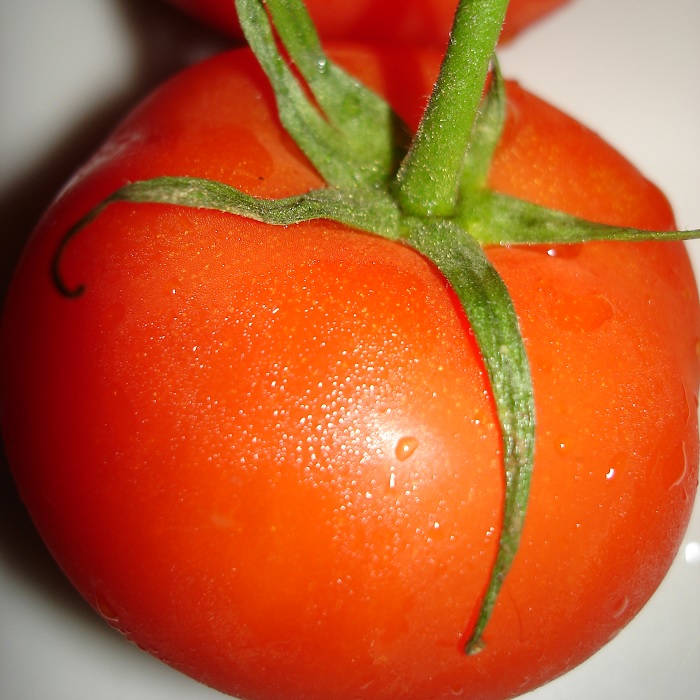UNITED STATES—Compared to replacing cool season annuals with warm season annuals, the replacement of cool season or ‘winter’ vegetables with warm season or ‘summer’ vegetables is not quite as traumatic. Most of the cabbage, broccoli and cauliflower plants finish in time to make room for new vegetable plants anyway. Unlike flowering annuals, they make it obvious that they are done for the season.
If left too late into warming spring weather, the juvenile floral buds of broccoli and cauliflower will bloom, and become tougher and somewhat bitter. Cabbage does the same, but only after bolting first. (‘Bolting’ is the emergence of tall floral stalks from formerly basal foliage.) By the time beet, carrot, turnip and radish bolt, their plump roots are more like fibrous wood than tender vegetables.
Once space is relinquished, tomato, eggplant and pepper plants might be the first vegetable plants to go back into the garden. Even if the weather gets cool for a while, it will not get cool enough for frost. Roots disperse as soon as they get into the ground. Warming weather accelerates growth above ground. Fruit develops through summer. (Fruits contain seed. True vegetables do not.)
Tomato, eggplant and pepper are popularly planted as seedlings because only a few plants of each are needed. Each plant probably costs more than a single package of seed (which contains enough seed to grow many more plants than are necessary), but are still not too expensive collectively. Seedlings get established and start growing more efficiently than germinating seed does.
Various melons and squash, including zucchini, can either be planted as seedlings or sown as seed. Their seeds germinate and grow so efficiently that seedlings probably do not have much advantage. However, their seedlings are relatively fragile to handle, so might be at a disadvantage. Seedlings might be practical for one or two plants; but seed might be best for several plants.
Bean and cucumber grow most efficiently from seed mainly because several or many of each plants are grown, and also because seedlings are somewhat sensitive to transplant. Onion and potato are popularly grown from onion or potato ‘sets,’ or ‘seed’ onions or potatoes, which are merely juvenile vegetables that grow into productive plants. Onion can also be grown from seed.
Highlight: tomato
Actually, it is a fruit. It contains seeds. Tomato, Solanum lycopersicum, is one of the most popular vegetables in American gardens. Most are red. Some are yellow or orange. A few weird varieties are pink, green, dark purple, brownish or creamy white. The largest tomatoes can get more than four inches wide. Tiny clustered ‘grape’ tomatoes are less than a quarter inch wide. There are literally thousands of varieties!
Most garden varieties are ‘indeterminate’, which means that they are productive throughout the season until frost. ‘Determinate’ agricultural varieties produce all their fruit within a limited season to facilitate harvest. This also works nicely for home canning. (Determinate varieties seem to be more productive only because all the fruit ripens at once.) Although technically perennial, plants are grown as annuals. They get about three to six feet tall. Most garden varieties need support.






